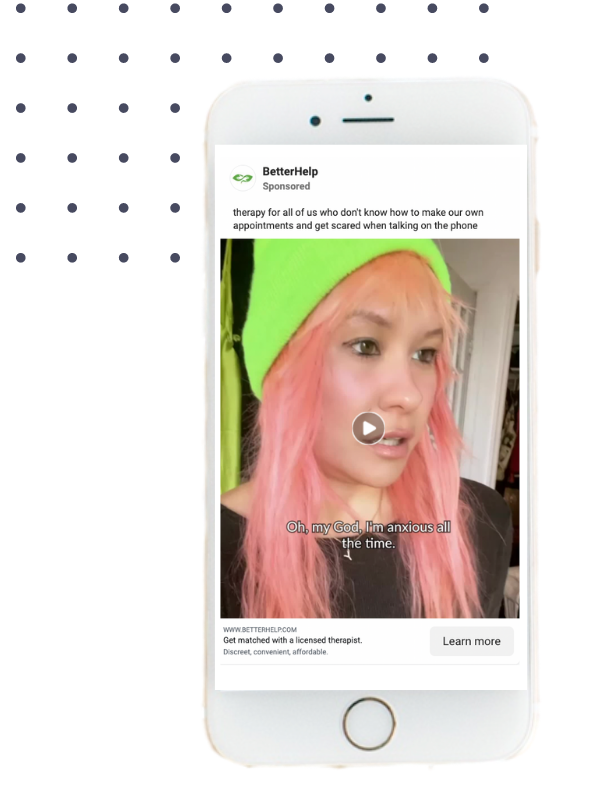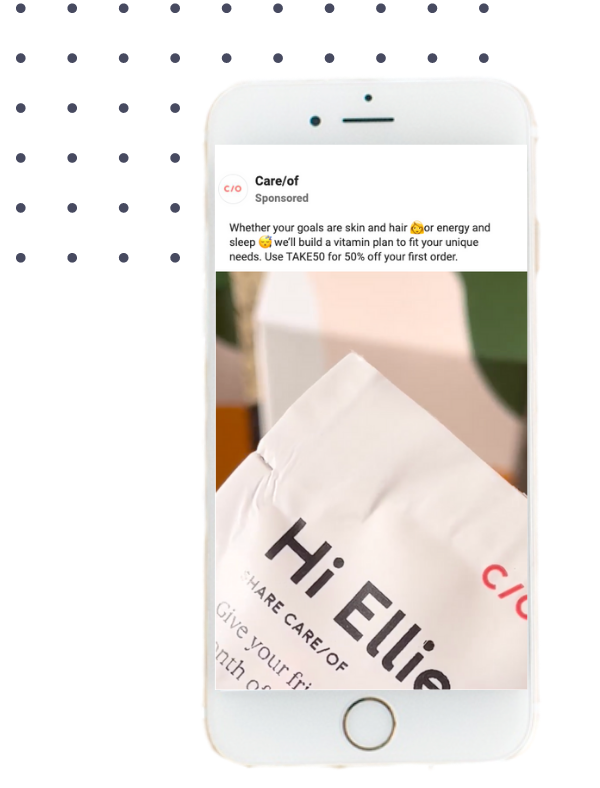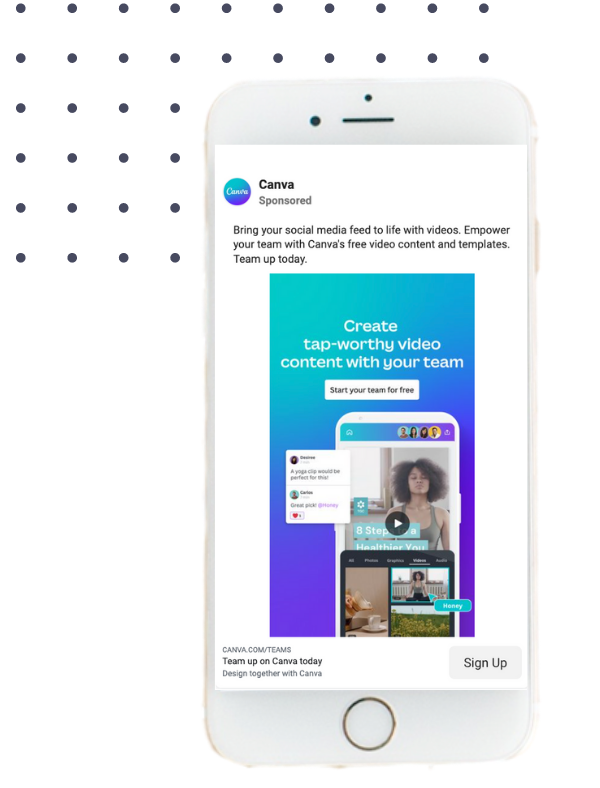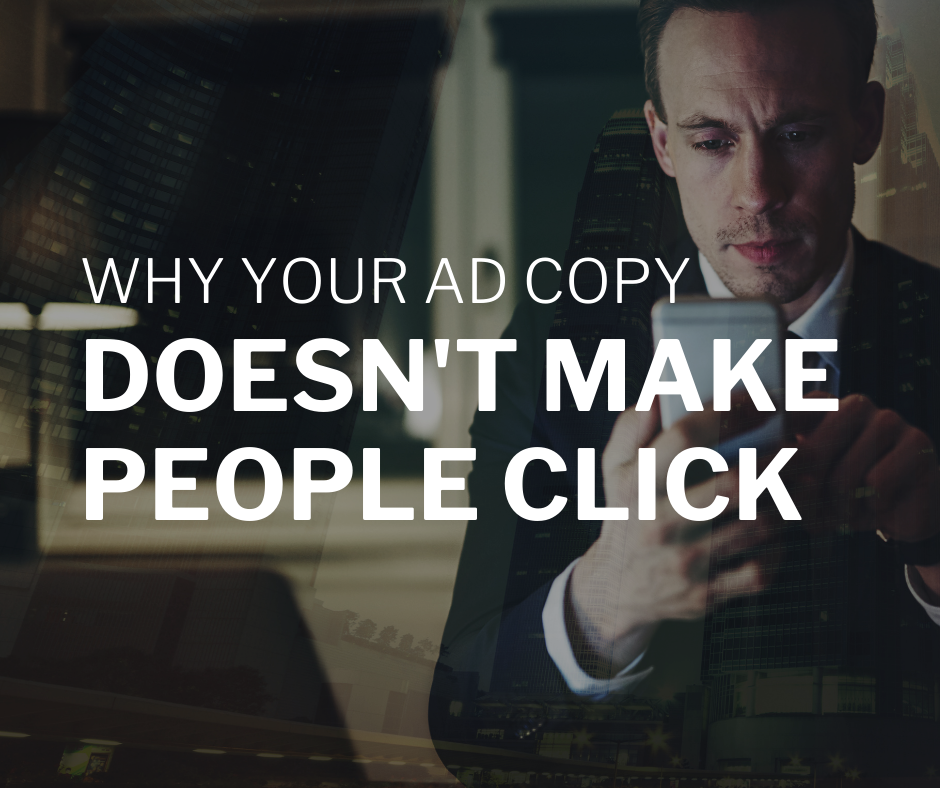This week, I just got off a call with a Facebook ads representative – one of the main topics of discussion is creating ads and ad copy that actually makes people click on it. It’s a simple concept at it’s core. As an ads manager, my goal is always to chase the key metrics important to every business – leads and sales. First, we want your product or service to SELL. And if we can’t make the sale then and there, we want to generate leads, so we can follow up with them and sell them on a product or service later.
That said, one of the most obvious and most important metrics that will always follow sales and leads is click through rate, often abbreviated as “CTR.” According to an article by Forbes, the average American is exposed to roughly 4,000 – 10,000 ads every day. That’s a ton. So it’s going to take a LOT to stand out and win that click.
So, if your ad is the one out of thousands a user might otherwise see in a day, you’ll need to first grab their attention, connect with a problem or pain point they’re experiencing, tell them how you solve that problem, then create a reason to act fast.
For some examples, we’re going to look at a few companies that are growing their business primarily online and scaling quickly. When a company puts a lot of efforts into their digital advertising for long enough, and they don’t have a physical store, they HAVE to have ads that perform well to keep it moving.
A quick note is that this is always going to come down to the product at the end of the day. Can it actually solve a unique pain point for the user in a way that is simple, accessible and affordable?
If you answered yes, let’s get started on how to communicate your life-changing solution to the masses!

Step 1: Grab attention.
According to an article from Wordstream.com, the average click-through rate across most industries is 0.89%. This varies by industry. Generally, if you can achieve an average of 3% or above for an ad, you’ll be in a good place!
One of the main strategies we often employ is a marketing trick called a “question loop.” Basically, make it sound a bit like “click bait.” But honest.
To the left (or above if you’re on mobile) is an example of an ad that uses a question loop by the creators of Dr Squatch. Dr. Squatch is a great example of all the best kinds of advertising – in your face and always eye-catching. The concept is simple. Allude to something that only an invested click or video view can answer! This can come in many forms: A claim such as “Is this the best time-saving invention of 2022?” to “Most people don’t realize that they’re doing THIS to their floors when they use a regular vacuum!”
A question loop just needs to challenge a users perception, or leave them with an unanswered question. It’s one of the best ways to increase engagement.

Step 2: Connect with emotion or a pain point.
One of the most important aspects of serving a quality ad is connecting with an emotion or pain point. A product or service needs to solve a problem. If you can allude to this with your “question loop” as above: Even better!
Here’s an example of an ad from BetterHelp. Better help drives a lot of their business from online ads – so they’ve definitely learned the skill of grabbing attention with their ads. This ad starts with “Therapy for all of us who don’t know how to make our own appointment and get scared talking on the phone.”
They know that when someone is struggling with mental health, it actually takes a lot of mental effort to seek out help, make a phone call, or set up an appointment. This leads right into the next point. When a user can connect with the struggle of actually setting an appointment or making a call, if BetterHelp can offer a simple process to solve this, then this ad will likely perform well!

Step 3: Solve the problem with your product or service.
Of course, once you have someone’s attention, and they can relate to a pain point, you have to actually sell someone on how your unique solution can solve a problem better than anyone else.
Here, you’ll see an example ad from the brand “Care/of.” This brand provides unique packages of customized supplements for each individual.
This ad states, “Whether your goals are skin and hair or energy and sleep, we’ll build a vitamin plan to fit your unique needs.” The main call to action goes to a simple quiz that helps users find a set of supplements that can help them reach their unique goals.
The alternative is is either visiting a doctor for recommendations or Googling it and then ordering each of the individual supplements you might need online. The brand has a unique approach to making that process easier.

Step 4: Create time pressure, or make the first move easy!
If you’re offering a new product or service, you’re asking to become a part of your audience’s daily life. You’re asking them to take time out of day, week, or month. That’s serious! Out of the 4000-10000 other ads they’ve seen, we’ve got to earn their trust!
To do that, sometime offering a free trial, a really good deal, or some time pressure can help them take the first move!
Here’s an example from Canva. First off, I love Canva. I pay for a subscription. I didn’t at first. I used it for free for about 6 months. It solved so many workflow problems for me that it was a no brainer to start the paid version. I felt like I owed them plenty more than 12.95/month at that point.
One thing to remember is that actually getting onto the radar of someone’s daily life is a big deal! Losing money up front is okay if it means you gain repeat sales and lifelong customers.
There we go! 4 steps to creating an airtight offer!
When we jump out into the sea of the thousands of ads that someone is going to see every day, we need to be ready to stand out. Let’s keep that click-through rate up!
If you have any questions about your next ad campaign, feel free to reach out!
